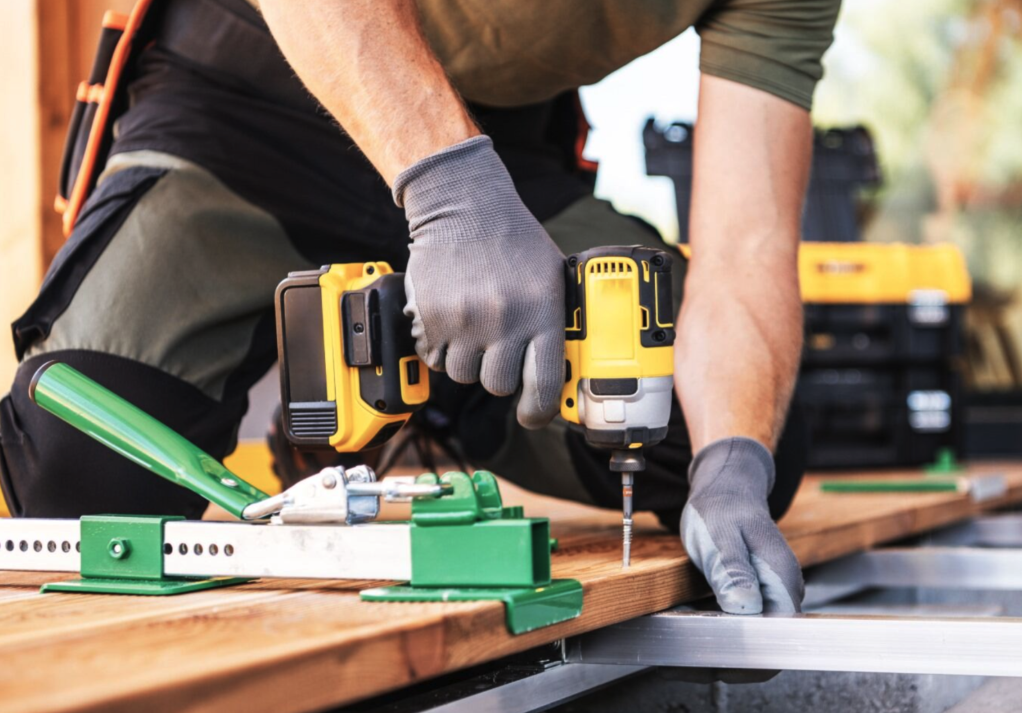Making the Move from Subcontractor to Licensed/Registered Building Contractor: What Changes and How to Prepare
Discover what changes when you move from subcontractor to licensed/registered building contractor and how to prepare, including training, licensing/registration classes, and expert support.
.jpg)
If you’ve been working as a subcontractor for a while and are thinking about stepping up to become a licensed/registered building contractor, you're not alone. It’s a natural progression, and for many tradespeople, it’s the next step in taking full control of your projects, your income, and your future in the industry.
But transitioning from subcontractor to builder isn’t just a title change. It comes with different expectations, responsibilities, and regulatory requirements. This blog will walk you through what changes when you become a licensed/registered building contractor in Australia, and how to prepare for the application process with confidence.
The Key Differences: Subcontractor vs Licensed/Registered Building Contractor
As a subcontractor, you're responsible for a specific trade or part of a job. You usually work under someone else's building licence/registration, follow their project timeline, and stick to a set scope of work.
As a licensed/registered building contractor, you take full responsibility for the building project, or at least for the section of work covered by your class. This includes:
- Dealing directly with clients
- Quoting and managing contracts
- Engaging and supervising subcontractors
- Applying for building permits
- Meeting legal and safety obligations
- Ensuring work complies with building codes and standards
You’re no longer just supplying labour or materials, you’re running the show. And that means you're also responsible for everything that goes right and wrong on the job.
Is It the Right Time to Make the Move?
Many tradies reach a point where they’re already handling most of the responsibilities that come with being a builder, without the official licence/registration to back it up. If you’re:
- Quoting jobs yourself
- Managing multiple trades
- Coordinating timelines and site safety
- Working directly with clients
…it might be time to stop building someone else’s business and start building your own.
The move from subcontractor to licensed/registration building contractor gives you more control, but it also puts you under more scrutiny. If you’re ready for that shift, the next step is knowing how to apply and what assessors expect from you.
Understanding Building Contractor Licensing/Registration in Australia
Every state and territory in Australia has its own rules and authority, but the core requirements are similar. You need to show that you have:
- Relevant industry experience
- Technical knowledge and practical skills
- An understanding of contracts, safety, and supervision
- The ability to follow building legislation and codes
Whether you're applying in Victoria through the VBA/BPC, New South Wales through the Building Commission, Queensland through the QBCC, South Australia through Consumer and Business Services, Western Australia through Building and Energy, Northern Territory through the BPB, Tasmania through CBOS, or the Australian Capital Territory through Access Canberra, you’ll need to back your application with real-world project experience and supporting documentation.
If you're unsure which licence/registration class suits your work or what the local authority requires, start by chatting with us.

The Application Process: What to Expect and Prepare
Applying for your building contractor licence isn’t something you knock over in an afternoon. It involves:
- Choosing the right class of licence
(e.g. Domestic Builder – Limited, Domestic Builder – Unlimited, Commercial Builder, etc.) - Documenting your project experience
You’ll need to clearly explain what you did on each project, step by step. - Collecting supporting evidence
Think plans, photos, contracts, site diaries, OH&S records, and more. - Preparing for an interview
Most states will require a formal interview or technical assessment where you’ll be asked questions about supervision, compliance, legislation, and more. - Submitting a clear and complete application
Missing documents or inconsistent information can delay your approval or get you rejected.
This is where a lot of subcontractors get stuck, because even if you’ve got years of experience, if you can’t prove it in the right way, assessors can’t approve your licence.
The Most Common Roadblocks (and How to Avoid Them)
When transitioning from subcontractor to builder, here’s where people often come undone:
1. Underdocumenting Experience
Many applicants assume their experience speaks for itself. It doesn’t. You need clear, detailed project summaries: what you built, how you supervised, and what challenges you managed.
2. Mismatched Paperwork
Your resume says one thing, your project history says another, and your referee says something else entirely. Consistency matters. Your application needs to line up from top to bottom.
3. Poor Interview Preparation
If you're invited to an interview, you must be able to confidently discuss the Building Code, contract management, safety systems, and more. Not preparing for the interview is one of the quickest ways to derail your application.
4. Not Knowing the Licensing Authority’s Expectations
Each state has its own application format, terminology, and standards. Submitting the wrong documentation or applying for the wrong class can send you back to square one.
How Builder Registration helps:
We work directly with applicants across Australia, and we understand what each state licensing body looks for. We know what assessors expect because we’ve helped thousands of tradespeople move through this exact transition. We can help you gather the right documentation, identify your strongest experience, and prepare for the interview with practical, no-nonsense advice.
Setting Yourself Up for Long-Term Success
Getting your building contractor licence isn’t the end goal, it’s the beginning of a bigger career. Once you're licensed, you’ll be responsible for managing jobs from start to finish, dealing with clients, staying on top of compliance, and building a reputation under your own name.
Make sure you're ready to:
- Keep up with regulatory changes (like updates to the National Construction Code)
- Manage contracts and disputes professionally
- Budget and quote accurately
- Handle site safety and documentation properly
- Run jobs that meet quality standards every time
It’s not just about being a good tradie anymore, it’s about being a capable business owner and project leader.

Ready to Back Yourself?
Moving from subcontractor to licensed building contractor is a big shift, but if you’re already doing the work, it’s time to get the recognition (and control) that comes with holding your own licence.
With the right guidance and preparation, there’s no reason to put it off. Builder Registration is here to help you prepare, apply, and succeed. We know what works. We know what holds applications back. And we’re here to help you avoid the setbacks and get approved sooner.
Get in contact to find out how we can help you move from subcontractor to builder with confidence.


